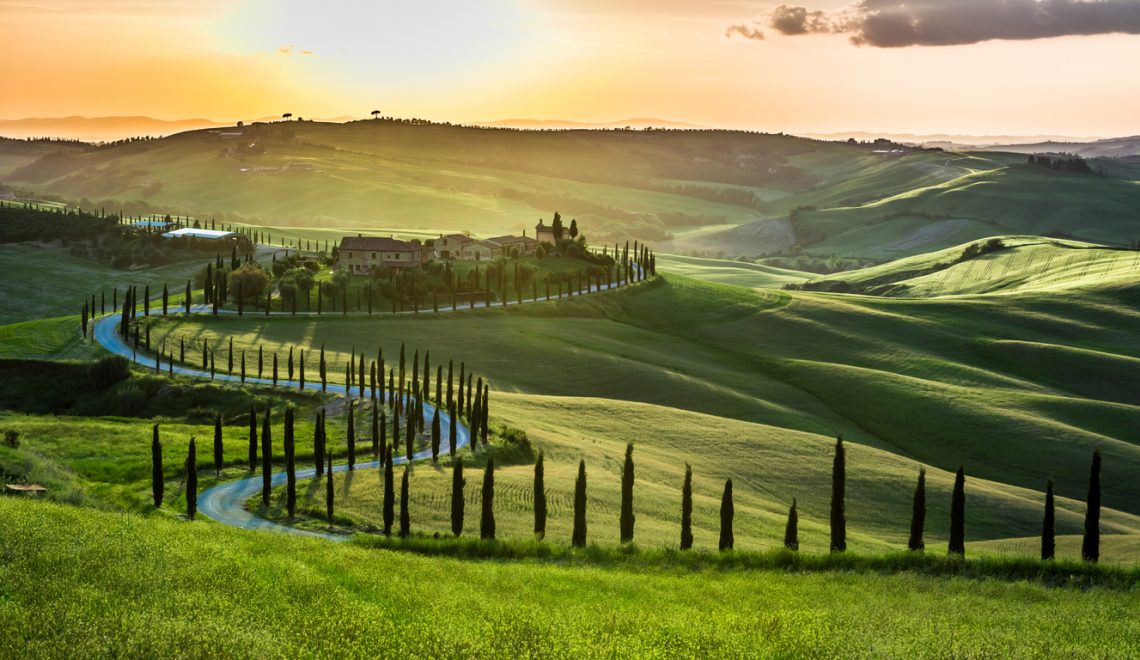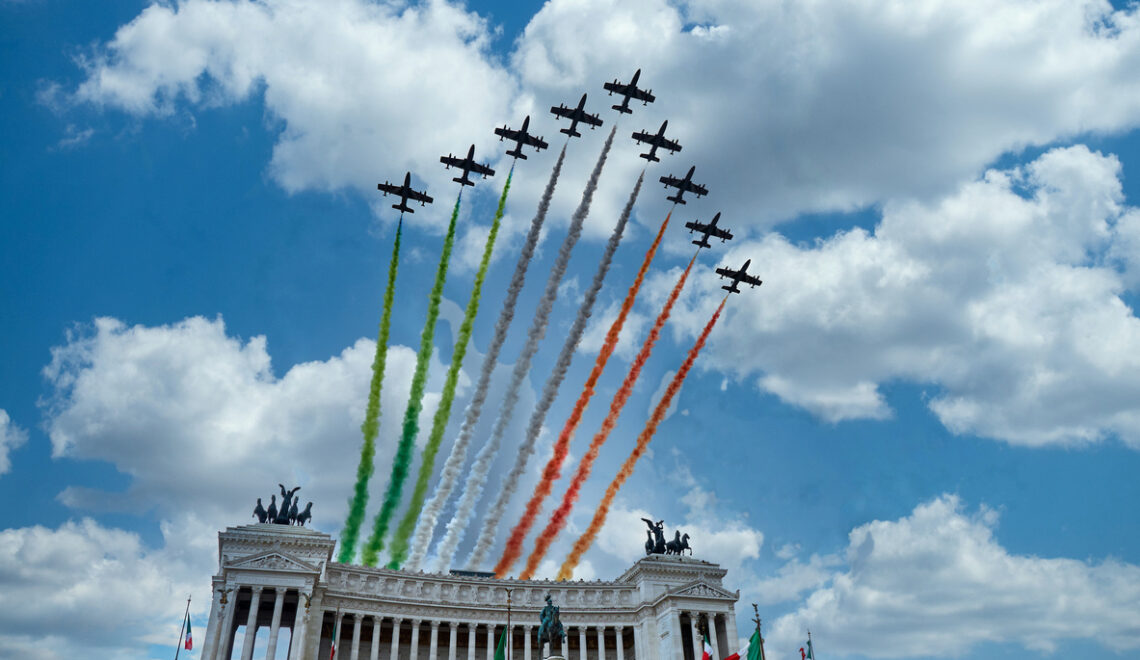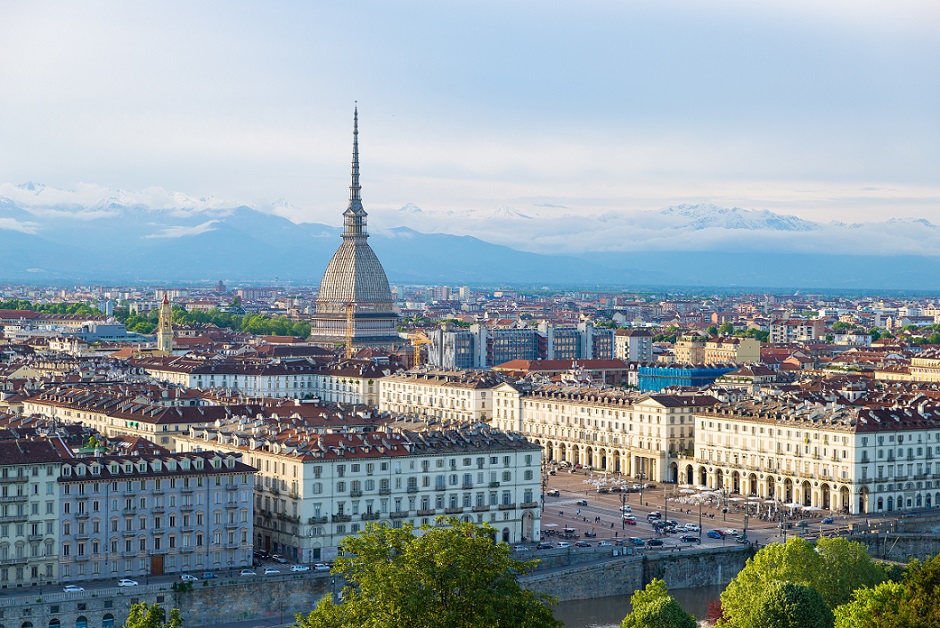
Discover the best of Florence without spending a dime! Explore top attractions & secret spots with our guide
As we know, the city of Florence is a treasure trove of artistic and architectural heritage of immense value. Best of all, most of them are accessible even to travelers on a budget: besides the attractions that must be paid for, the cradle of the Renaissance is like a great open-air museum that reveals its beauty in its streets, in churches, and in unexpected corners. You must just know where to look! That’s why we decided to draft a practical guide that explains what to see in Florence for free (and where to stop to eat for at low cost). Let’s go!
- Free attractions in Florence
- The basilicas
- The Medici Villas
- Free museums in Florence
- Best places to eat in Florence on a budget
- To Florence with Italo
Free attractions in Florence
Ponte Vecchio
The Ponte Vecchio is one of the most iconic landmarks in Florence, Italy, and arguably one of the most famous bridges in the world. This medieval stone bridge spans the Arno River and is noted for still having shops built along it, as was once common. But what sets Ponte Vecchio apart is its continuous use since Roman times despite numerous floods and disasters.
Historically, the bridge has always hosted merchants. Initially, these were butchers and tanners, trades considered too smelly to be within the city walls. However, in 1593, Ferdinand I decreed that only goldsmiths and jewelers could hold shops on the bridge, elevating its status and altering the nature of its commerce and atmosphere. This decision was likely made both for aesthetic reasons and to prevent the foul smells of the previous trades from reaching the royal residence, as the Medici family had their private corridor built above the row of shops

The Duomo
Let’s start from the Duomo: there’s no entry charge to the magnificent Cathedral of Santa Maria del Fiore, the most iconic building in Florence; you can also rent an audio guide for €2.50. Inside, you can admire priceless works such as the magnificent frescoes of the “Last Judgment” by Vasari, the clock with the heads of the prophets, the windows by Ghiberti and numerous paintings.
Outside, you will be amazed at the green, white and pink marble façade, the Baptistery and Giotto’s Bell Tower. Surmounting a column, you can also see an original sculpted bull’s head that has a very particular story behind it – we had previously mentioned it in our guide of strange places and legends to see in Florence, remember?
The Loggia dei Lanzi
Next to the Palazzo degli Uffizi, the Loggia della Signoria, also known as the Loggia dei Lanzi, is a masterpiece of medieval architecture: a space where public ceremonies were originally held, now housing Roman-era statues and some 16th-century masterpieces, such as Benvenuto Cellini’s Perseus and Giambologna’s Rape of the Sabine Women.

The British Cemetery in Florence
The solemn and silent atmosphere that you experience at the Cimitero degli Inglesi in Piazzale Donatello is remarkable: an imposing monumental cemetery set among cypress trees and avenues, where more than 1,400 illustrious personalities rest, including painters, sculptors, poets, and philosophers of 16 different nationalities (so not only British of course).

© Luca Bardazzi via Flickr
The Rose Garden
Admission to the Rose Garden is free, making it an accessible oasis of beauty for everyone.
The Rose Garden, known as “Il Giardino delle Rose” in Italian, is a serene public garden in Oltrarno that offers a stunning array of roses, along with a remarkable view of the city. Situated just below Piazzale Michelangelo, the garden is an enchanting spot, especially during the blooming season from April to June when the roses are in full bloom. However, its beauty and tranquility can be enjoyed throughout most of the year.
Designed by architect Giuseppe Poggi in 1865 as part of the major urban renewal of the city, the Rose Garden covers about one hectare (2.5 acres) and is home to over 1,000 varieties of roses. These include old and modern roses, climbing roses, and a collection of botanical roses from the 19th century, carefully curated and labeled for enthusiasts and scholars alike. In addition to roses, the garden also features lemon trees, and a Japanese garden added in 1998, further enhancing its diversity and appeal.
.Since 2011, the garden has displayed a collection of sculptures by the Belgian artist, Jean-Michel Folon, who was a friend of the mayor of Florence. These sculptures blend harmoniously with the floral surroundings, adding a layer of artistic contemplation to the natural beauty of the garden
Piazzale Michelangelo
Piazzale Michelangelo is renowned for offering one of the most breathtaking panoramic views of the city. Designed by the architect Giuseppe Poggi and completed in 1869 as part of major urban renewal projects in Florence, the square is located on a hill on the south bank of the Arno River, just a short walk from the historic center.
The entire cityscape can be seen from this elevated position, making it a favorite spot for photographers, tourists, and locals alike, especially at sunrise or sunset when the light casts a golden hue over the city. At the center of Piazzale Michelangelo stands a bronze replica of Michelangelo’s David, paying homage to the artist who has contributed immensely to Florence’s artistic heritage.

Access to Piazzale Michelangelo is easy, with several walking paths and a drive leading up to the square. Many visitors choose to walk from the city center, crossing the Arno River and climbing the stairs or following the winding road up the hill to reach the square. This journey allows for a gradual appreciation of the changing views of Florence, culminating in the expansive panorama that awaits at the top.
Oblate Library Terrace
Access to the library and its terrace is free, making it an accessible spot for anyone looking to enjoy a quiet moment away from the bustling streets below. The atmosphere here is relaxed and inviting, providing a perfect setting for reading, studying, or simply soaking in the views and the ambiance of Florence.
Situated within the historic “Biblioteca delle Oblate”, the terrace provides a splendid vista of the Florence Cathedral (Duomo) that many tourists often miss, making it a favorite among locals and those in the know. This perspective is particularly striking at sunset, when the setting sun illuminates the cathedral’s magnificent facade and the city’s rooftops with a golden light.
The Medici Villas
Villa di Castello
The Villa di Castello, located in the outskirts of Florence, is famous for its elaborate gardens, the Giardino di Castello. Designed under the direction of Cosimo I de’ Medici, the gardens are among the earliest examples of the Italian Renaissance garden, featuring statues, grottoes, and fountains, including the iconic Fountain of Hercules. The villa itself houses the Accademia della Crusca, Italy’s esteemed linguistic institution.
Villa La Petraia
Villa La Petraia, also located near Florence, is noted for its stunning façade and beautifully tiered gardens. The villa’s interior is adorned with frescoes, but it’s the panoramic views of Florence and the surrounding countryside from its gardens that truly captivate visitors. The integration of the building with its gardens exemplifies Renaissance ideals of harmony between art and nature.
Villa Poggio a Caiano
Situated in a strategic position between Florence and Pisa, the Villa di Poggio a Caiano was designed by Giuliano da Sangallo for Lorenzo de’ Medici. It is renowned for its harmonious architecture that blends classical elements with Renaissance innovation. The villa’s grand hall is decorated with frescoes by Pontormo and other artists, illustrating scenes from classical mythology and the Medici’s lives.
Villa Medici at Fiesole
One of the earliest examples of a Renaissance villa, the Villa Medici at Fiesole, was designed for Giovanni de’ Medici, later Pope Leo X. This villa is celebrated for its spectacular location on the hillside of Fiesole, offering stunning views over Florence. Its architecture and gardens inspired many subsequent Renaissance villas.
The basilicas
To get your fill of beauty and history, simply enter one of the city’s many churches.
San Miniato al Monte
San Miniato al Monte is one of the most remarkable churches in Florence, and is renowned for its stunning position atop one of the highest points in the city, offering breathtaking views of Florence and the Arno Valley. This basilica is a prime example of Romanesque architecture in Tuscany and has been described as one of the most beautiful churches in Italy, a sentiment echoed by many who visit. The church’s construction began around 1018 and was completed in the 13th century, incorporating earlier structures that date back to the 8th century.
San Miniato al Monte is also known for its beautiful cemetery, the Porte Sante, which houses the graves of several notable figures, including Carlo Collodi, the author of Pinocchio, and the sculptor Libero Andreotti.
Santissima Annunziata
The Basilica della Santissima Annunziata is a pivotal church in Florence renowned for its rich history, art, and architecture. Situated in the northeastern part of the city center, this basilica is considered one of the most important religious structures in Florence and serves as the mother church of the Servite order. Its foundations were laid in 1250, and over the centuries, it has been embellished and expanded by many notable architects and artists, making it a treasure trove of Renaissance art and devotion.
One of the basilica’s most revered attractions is the Chiostrino dei Voti, or the Cloister of the Vows, which is adorned with a series of frescoes depicting the life of the Virgin Mary. These frescoes, created by leading artists of the early Renaissance, encapsulate the fervent religious spirit and artistic innovation of the era.
The Basilica of Santo Spirito
The Basilica of Santo Spirito, located in the Oltrarno district of Florence. One of the basilica’s most notable features is its use of space and light. Brunelleschi’s design allows for a harmonious flow of space and an abundance of natural light that illuminates the interior, highlighting the church’s altarpieces, frescoes, and sculptures. Among the artworks, the church houses a crucifix in the sacristy that is attributed to Michelangelo. He reportedly sculpted it as a gratitude offering when he was allowed to study anatomy by examining the corpses from the convent’s hospital.
The piazza in front of Santo Spirito reflects the lively community spirit of the Oltrarno, with its cafés, markets, and artisan shops contributing to the vibrant street life. The square and the church itself are integral parts of the neighborhood’s social and cultural fabric, serving as a gathering place for both locals and tourists.
Free museums in Florence
In Florence, all national museums, normally for a fee, are free on the first Sunday of the month and on special occasions, for example on 8 March for all women. There are, however, museums that are always freely accessible: among these, the Pharmacy of Santa Maria Novella, a small exhibition of the art of medicinal herbs, and the Cenacolo di Andrea del Sarto, annexed to the church of San Salvi.
Best places to eat in Florence on a budget
Florence is also the capital of good food. If you prefer to avoid one of the many local restaurants and trattorias, you can also eat excellent quality food outdoors: street food offers you amazing tasty treats for just a few euros.

© Trattoria da Mario
1. Trattoria Mario
Located near the Mercato Centrale, Trattoria Mario is a family-run establishment famous for its home-style cooking. It’s a favorite among locals and tourists alike for its hearty Tuscan dishes. The place is small and gets crowded quickly, so be prepared to wait or share a table. It’s well worth it for the authentic experience and affordable prices.
2. Mercato Centrale
The upper floor of the Mercato Centrale (Central Market) is a food lover’s paradise, offering a variety of food stalls serving everything from traditional Tuscan dishes to international cuisine. You can grab a plate of pasta, pizza, or a panino for a reasonable price, along with other Florentine specialties.
3. All’Antico Vinaio
Famous for its enormous and delicious schiacciata, All’Antico Vinaio is a must-visit for anyone looking for a quick, inexpensive meal. Located on Via dei Neri and Via Ricasoli, this popular spot often sees lines out the door, but the wait is part of the experience. The sandwiches are made with freshly baked schiacciata (a type of flatbread) and filled with high-quality local ingredients.
4. Street Food Stalls
Florence has a number of street food stalls that offer cheap eats, such as lampredotto sandwiches – a local delicacy made from the fourth stomach of a cow, typically served in a bun with green sauce and spicy oil.
To Florence with Italo
Rail travel is ideal for a low-cost trip: take advantage of Italo‘s great train deals to Florence and you get to town quickly and conveniently. Santa Maria Novella station itself is already a place full of interesting things to discover, including frescoes and movie quotes… All strictly free, of course!




